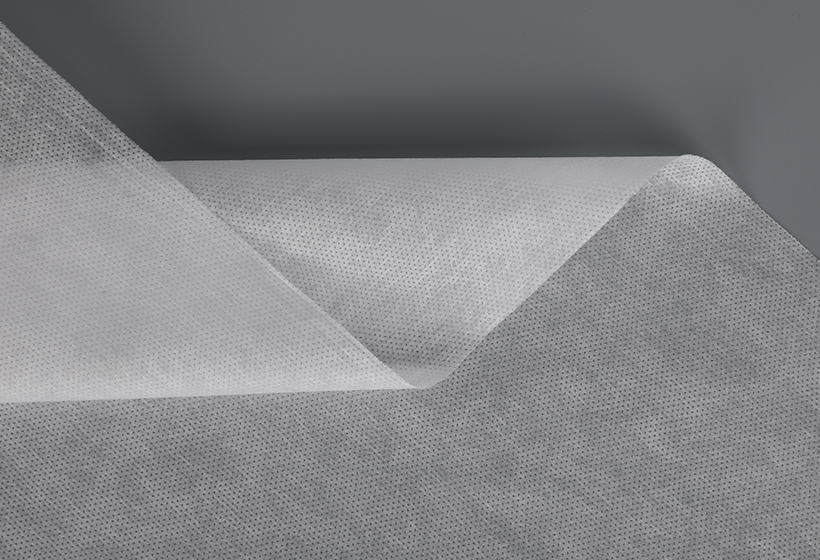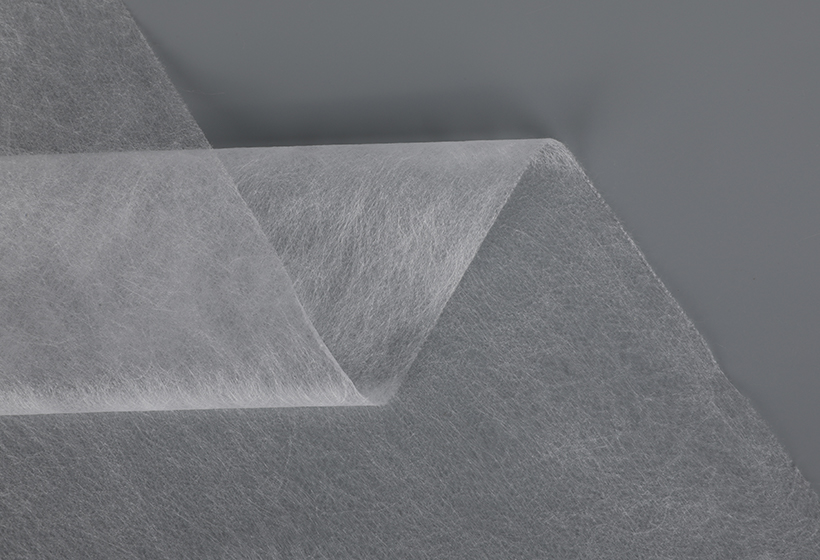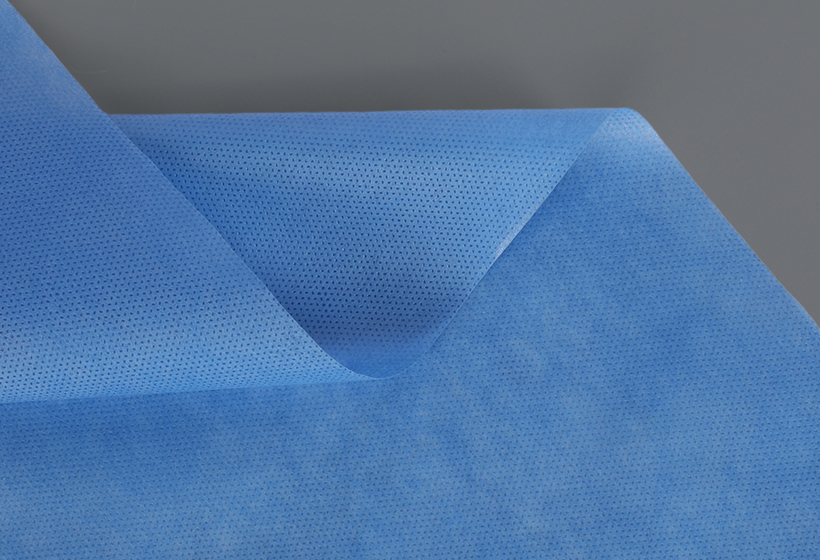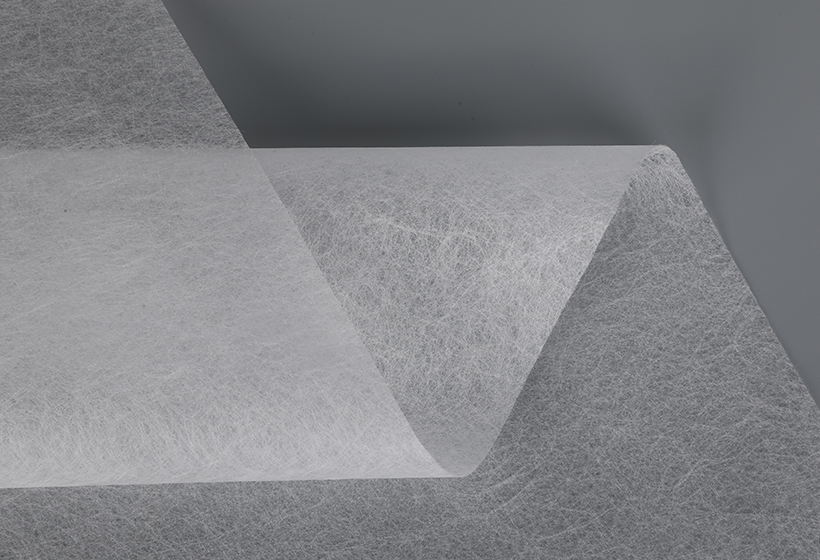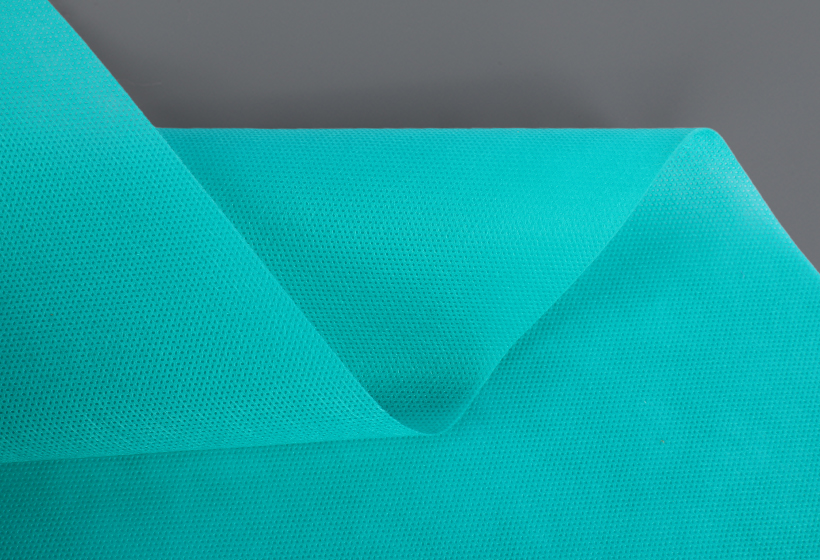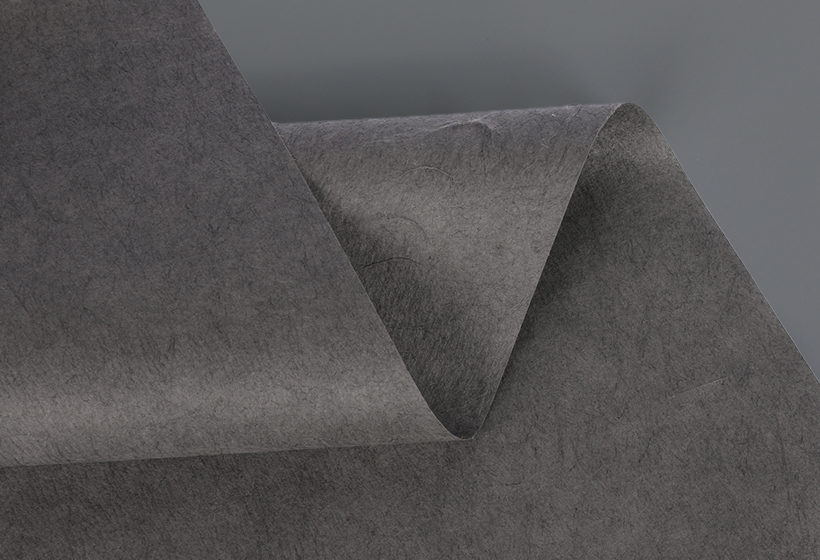A composite nonwoven fabric is a textile with multiple layers bonded together by discrete point bonds. Each layer is composed of individual fibers of a polyethylene constituent fused with fibers of another nonwoven web. These fibers are then stitched together to form a strong fabric. In this way, a nonwoven fabric can withstand the tensile forces of many applications. It is often used in the aerospace and construction industries.
Several polymers can be used to make nonwoven fabrics, including nylon, polyester, and polyphenylene sulfide. Nonwovens are also often bicomponent or can be created using melt additives. The composition and structure of nonwovens play a vital role in their overall performance. This article provides an introduction to a few of the most important aspects of nonwoven materials. These are explained in more detail below.
The process of manufacturing composite nonwoven fabric includes sewing the two overlapping layers of the fabric. Suitable outer treatments allow the fabric to have desirable properties and adapt it for garments and bed coverings. Raised fibers may be present on both faces of a composite nonwoven fabric. They are layered in a manner that produces the desired blanket-like surface. When these two layers are fused together, a continuous fusion bond is created between the two layers.
Research has shown that composite nonwovens are a more sustainable fabric in many applications. Medical applications for composite nonwovens include sterile surgical gowns, clinical wearables, wipes, wound dressings, and pads. They also improve herna meshes, orthopedic structures, and incontinence products. These developments have made the composite nonwoven fabric a material of choice for medical applications. In addition to being sustainable, the material is breathable and comfortable.
A diagrammatical cross-section of a composite nonwoven fabric is shown in FIG. 1. The fabric is a three-ply composite with an inner ply 12 sandwiched between two outer plies 11 and 13. The fabric exhibits excellent strength, flexibility, and drape. The barrier properties of this fabric make it ideal for medical and protective clothing. The invention is useful in a variety of industrial and medical applications. The fibres that are used in the composite material are stronger and have a lower density.
In addition to the above benefits, a PP Spunbond Composite Nonwovens Production Line also boasts the flexibility to adjust technology and optimize production efficiency. Its unique low pressure spinning net forming technology is also easy to operate, and it saves energy and money. It uses simple and effective equippment and is highly efficient and convenient to use. This production line is ideal for manufacturing a wide range of different nonwoven products.
Unlike traditional textiles, nonwoven fabrics are made of cut fibres, which are then bound together. Some types are fibrillated, textured, or vacuum-formed with patterned holes. There are two types of fiberglass nonwoven fabrics: wet-laid mats and flame attenuated mats. The former is similar to melt-blown thermoplastic nonwovens. Both are spray-bonded with a wet or dry resin.



 English
English Español
Español
